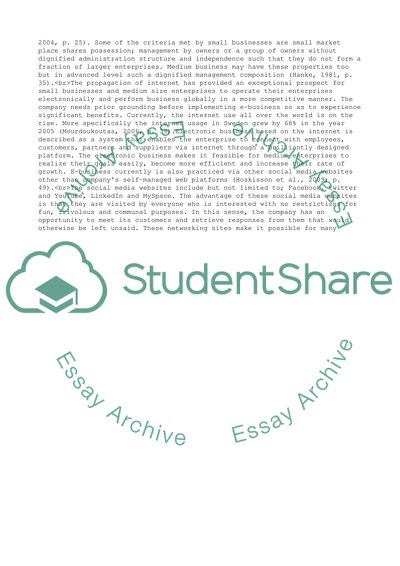Cite this document
(Social Media for Small to Medium Enterprises Assignment, n.d.)
Social Media for Small to Medium Enterprises Assignment. https://studentshare.org/e-commerce/1823542-social-media-for-small-to-medium-enterprises
Social Media for Small to Medium Enterprises Assignment. https://studentshare.org/e-commerce/1823542-social-media-for-small-to-medium-enterprises
(Social Media for Small to Medium Enterprises Assignment)
Social Media for Small to Medium Enterprises Assignment. https://studentshare.org/e-commerce/1823542-social-media-for-small-to-medium-enterprises.
Social Media for Small to Medium Enterprises Assignment. https://studentshare.org/e-commerce/1823542-social-media-for-small-to-medium-enterprises.
“Social Media for Small to Medium Enterprises Assignment”. https://studentshare.org/e-commerce/1823542-social-media-for-small-to-medium-enterprises.


